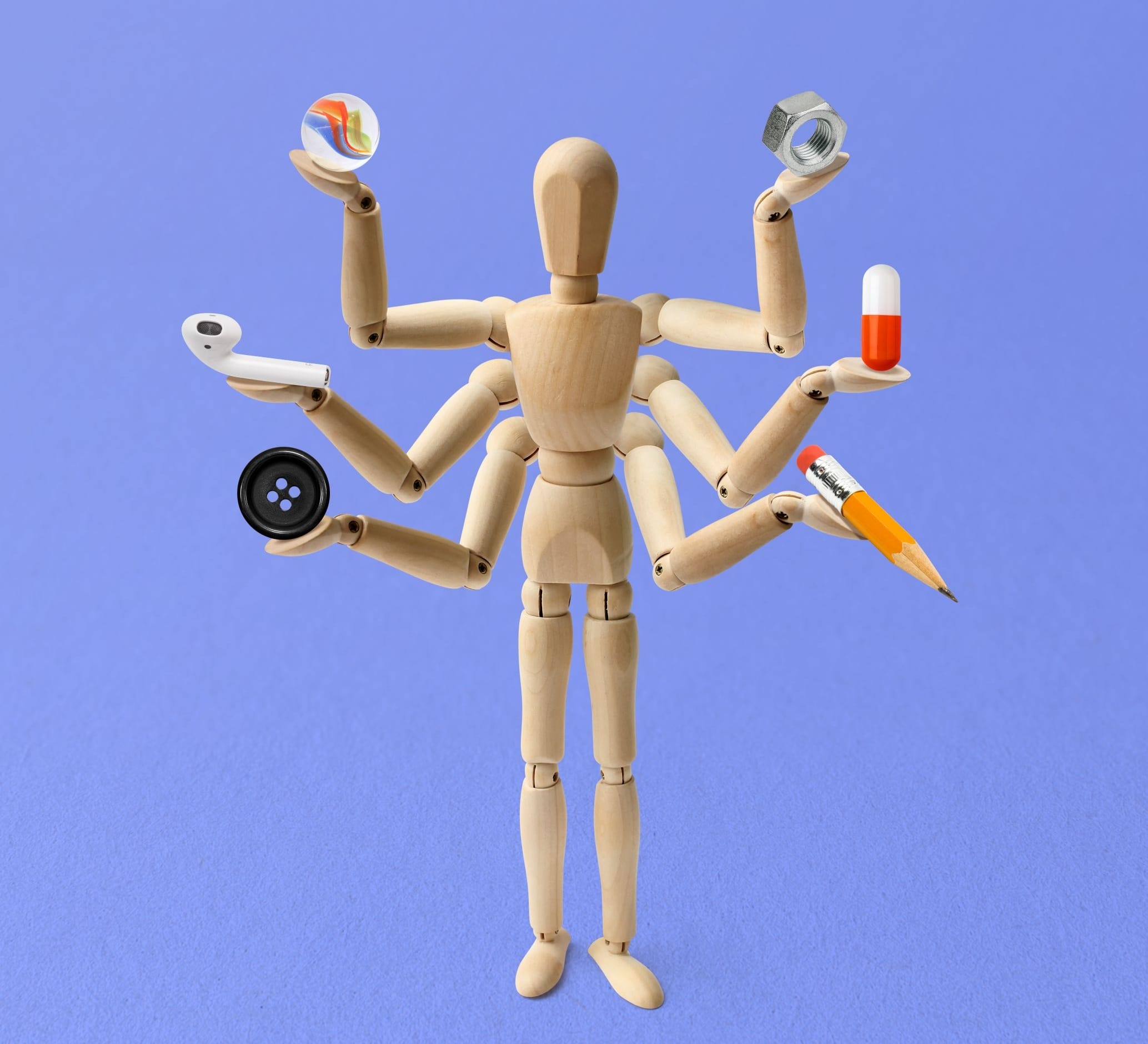It’s no longer enough for companies to cater to the needs of many different customers. If businesses really want to build loyalty and lasting value, they must figure out the different needs within a single customer.
That’s the advice from Wharton marketing professor Eric Bradlow, who encouraged firms to think beyond the old-school definition of customer lifetime value (CLV) — a metric that captures the worth of the entire relationship between firm and consumer. Moderating a workshop last fall presented by Wharton Customer Analytics and Teradata, he said the modern definition of CLV includes how a single customer’s needs change over time. The workshop, titled “Analytics in Action: It’s Still All About the Customer,” featured industry experts and Wharton faculty offering insights into how companies can become more customer-centered.
Bradlow himself is an example of a customer with many needs: He’s a professor, radio host, business partner, husband, father, and sports fan. What he’s looking for as a consumer depends on which role he’s filling. “I thought for the first 20 years of my career that understanding heterogeneity [among customers] was enough,” he said. “What about the concept that there isn’t just one me?”
Customizing at Scale
Reacting to the range of needs within each customer is a big challenge that needs big data, according to Kartik Hosanagar, Wharton professor of operations, information, and decisions. He encouraged firms to harness algorithms that can analyze customer preferences and provide a unique experience that addresses all the hats an individual wears.
Hosanagar, who is also faculty co-lead of Wharton’s Artificial Intelligence for Business, said Amazon, Netflix, and YouTube have mastered this technology and are showing how machine learning helps keep customers engaged. “We’ve all experienced this,” he said. “We go to watch one video on YouTube, and before you know it, you’ve lost a couple of hours.”
Hosanagar cautioned about pitfalls associated with automation, such as privacy concerns. “No doubt, there’s tons of risk,” he said. “It’s all about having a governance structure in place while you’re embracing all of the upside and the potential.”
Making a Change
Bradlow said it’s hard for companies to shift their old ways of thinking about customers, so he asked Wharton professor Katy Milkman, who co-directs Penn’s Behavior Change for Good Initiative, for some insight.
According to Milkman, marketers can apply lessons from behavioral science to customers, who often see their life stages as book chapters. From college to retirement, each chapter is a chance to start anew. This viewpoint, called the “fresh-start effect,” is what drives consumers to make New Year’s resolutions and other commitments that companies can capitalize on.
Milkman offered one important caveat for companies pursuing a more modern customer-centric approach: There is no one-size-fits-all solution. “It really depends on the context,” she said, “and what the barriers are to change.”
Published as “One Person, Many Needs” in the Spring/Summer 2022 issue of Wharton Magazine.

























